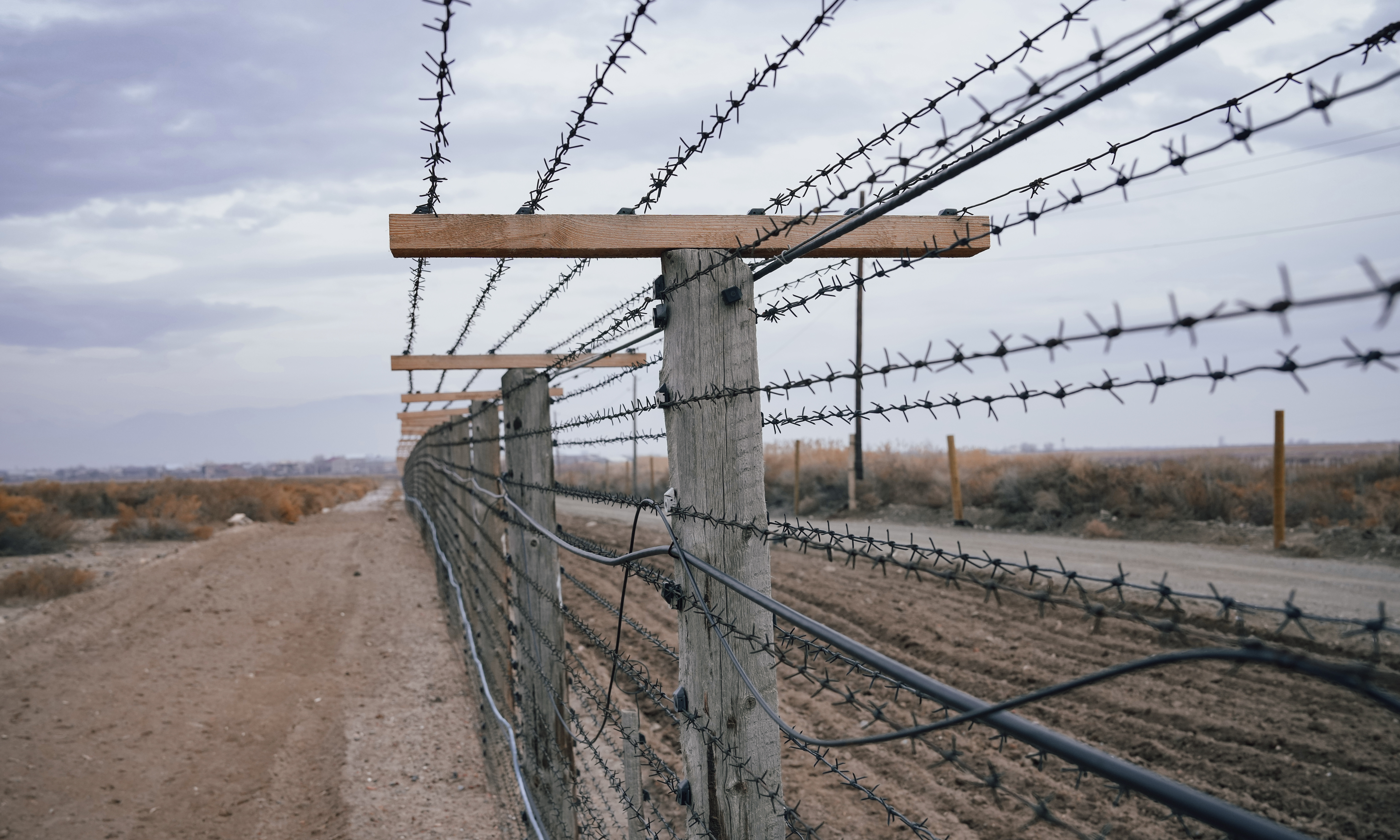Title 42, a policy intended to curb immigration during the Covid-19 pandemic, expired on May 11, 2023.
Since 2020, both the Trump and Biden administrations have used Title 42 to send immigrants back to their home countries, arguing that reducing immigration would slow the spread of Covid-19 (although some public health experts disagreed).
With the expiration of the Covid-19 public health emergency and the end of Title 42 in May, an increase in immigration is expected. One official at US Customs and Border Protection (CBP) said his agency expects as many as 10,000 immigrants each day.
Is an Asylum Ban Still in Place?
Title 42 permitted border officials to quickly expel immigrants seeking asylum in the US without due process, which critics argue was unconstitutional.
Prior to Title 42, authorities had to allow migrants the opportunity to seek asylum in the US if they requested it. Asylum was not always granted, but the US government was obligated to provide the asylum seeker an opportunity to make their case.
Asylum is only considered if the immigrant can demonstrate that they have experienced or fear persecution based on race, religion, nationality, social group membership, or political opinions. It can take time to hear a case – on average, about four years.
In the meantime, immigrants are often allowed to stay in the US while their case is pending. Legally, an immigrant can file an application for asylum if they are physically present in the US and not a US citizen.
Under Title 42, in most cases, the government could reject asylum seekers with few questions asked.
But even without Title 42, restrictions on asylum seekers continue.
Under the current system, migrants in Mexico or another country are encouraged to seek either a “parole” status that allows them to stay in the US for two years and eventually apply for asylum or use a CBP phone app to schedule an appointment at a port of entry.
In the latter case, asylum seekers are not scheduling an asylum interview but are setting up a background check and if that works out, a future court date and entry into the US.
However, only a few thousand appointments are available each day and there are far more people seeking asylum. Additionally, many immigrants can’t access the app because they don’t have phones.
In short, current policies are designed to keep migrants in Mexico or another country, even though asylum seekers have a right to request asylum from within the US.
Immigration attorney Deepak Ahluwalia says that these policies will not hold up if challenged in a higher court. “The Ninth Circuit struck down a similar ban under the previous administration, and legal organizations and nonprofits like the ACLU have already vowed to file an immediate lawsuit regarding this ban on the same basis as the previous one.”
Ahluwalia adds that these policies affect immigrants from all over the world, not just Mexico. In fact, many people from African and South Asian countries are also fleeing persecution and seeking asylum in the US.
Even those allowed to pursue an asylum claim in the US often face an uphill battle of interviews and attempting to prove they have a “credible fear” of persecution in their home country, which must be based on one of the reasons listed above.
Asylum is not granted due to poverty or poor economic conditions in a home country, and proving persecution or fear of persecution can be difficult.
Get Help With Your Asylum or Immigration Case
If you’re seeking to immigrate or apply for asylum in the US, engaging the services of an experienced California asylum attorney is the best first step you can take. Please contact Singh Ahluwalia Attorneys at Law for a free, confidential consultation about your case.









